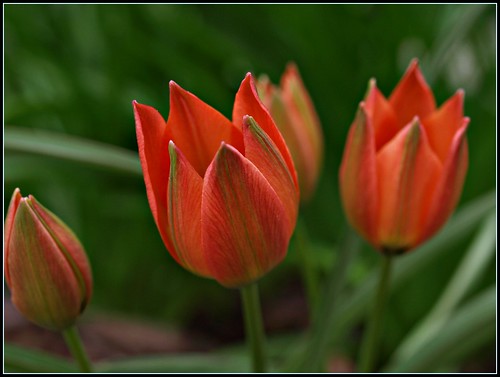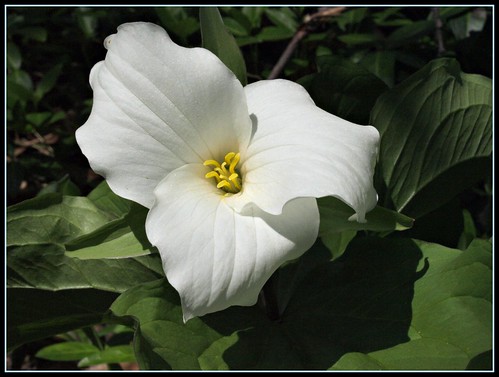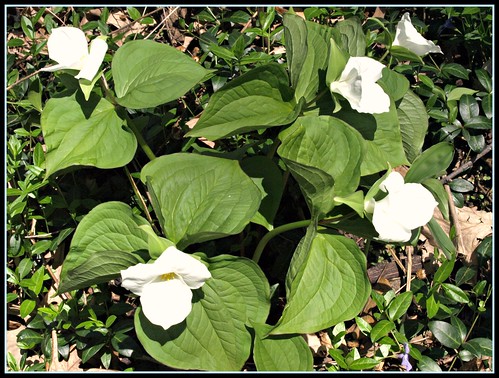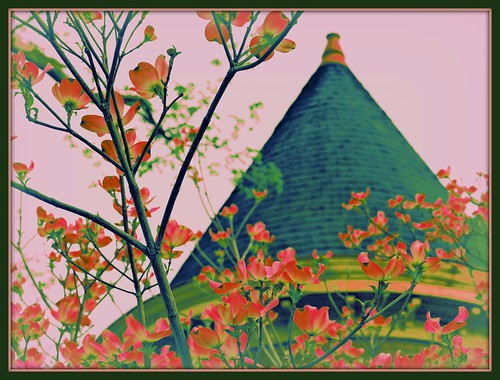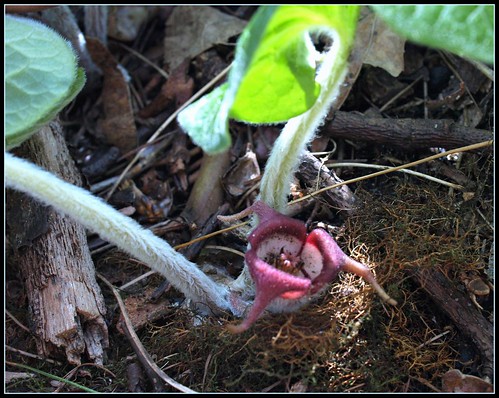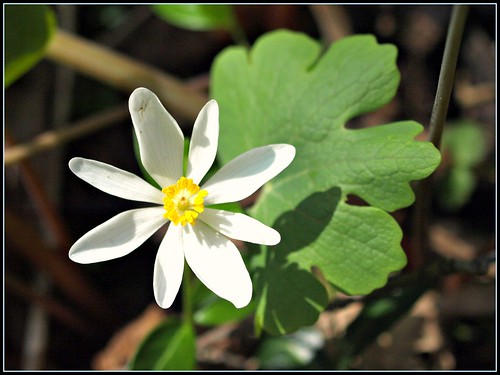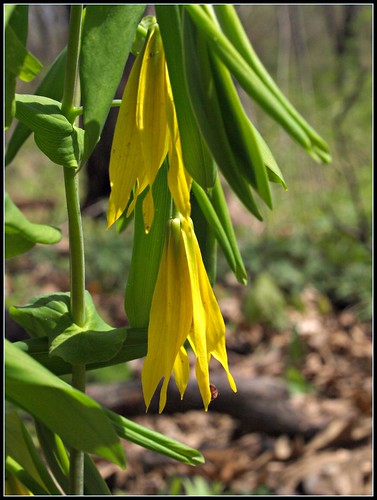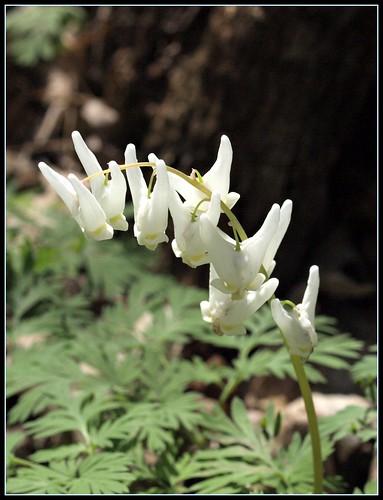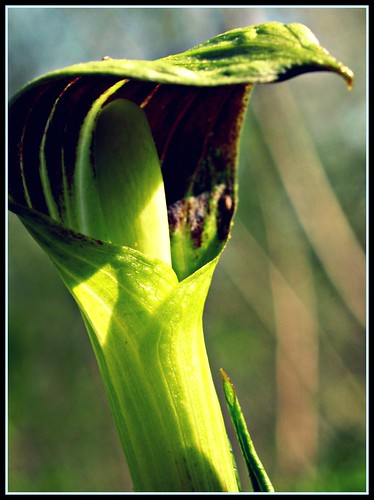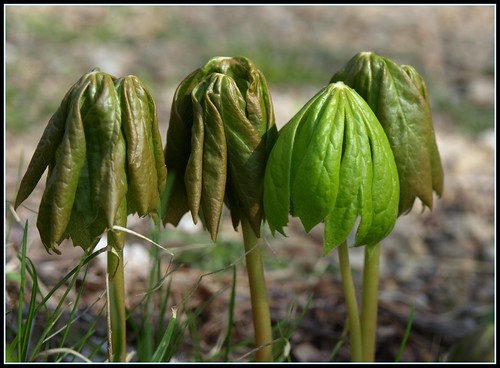These sweet tulips pop out of the ground near my front door every May, but I have no recollection of planting tulip bulbs there nor do I have any idea what kind of tulips they might be.
They are only about 6 inches high and the tulip bloom itself is only about 1 inch in diameter. I love how the orange is fringed with the green. They are a dynamite garden addition in a rather small package.

